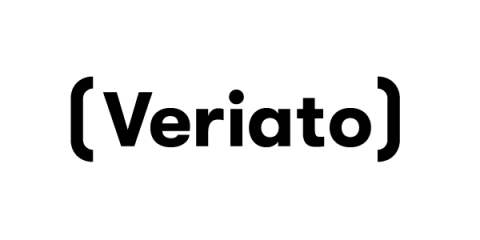The Dangers of Free VPNs
If you use a free VPN, then you have to wonder how your provider earns money to cover their own costs. The answer often involves advertising, but it can also be through far more sinister means. Running a VPN service costs a significant amount of money. There are setup costs, infrastructure costs, labor and other running costs. The companies behind these services generally want to make a profit as well.








